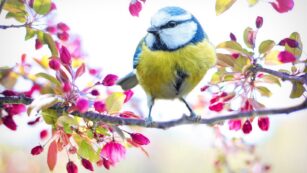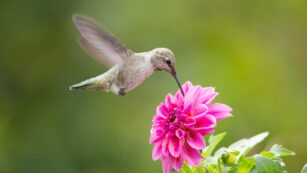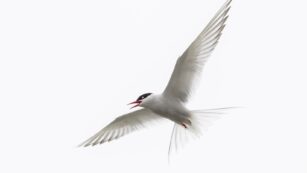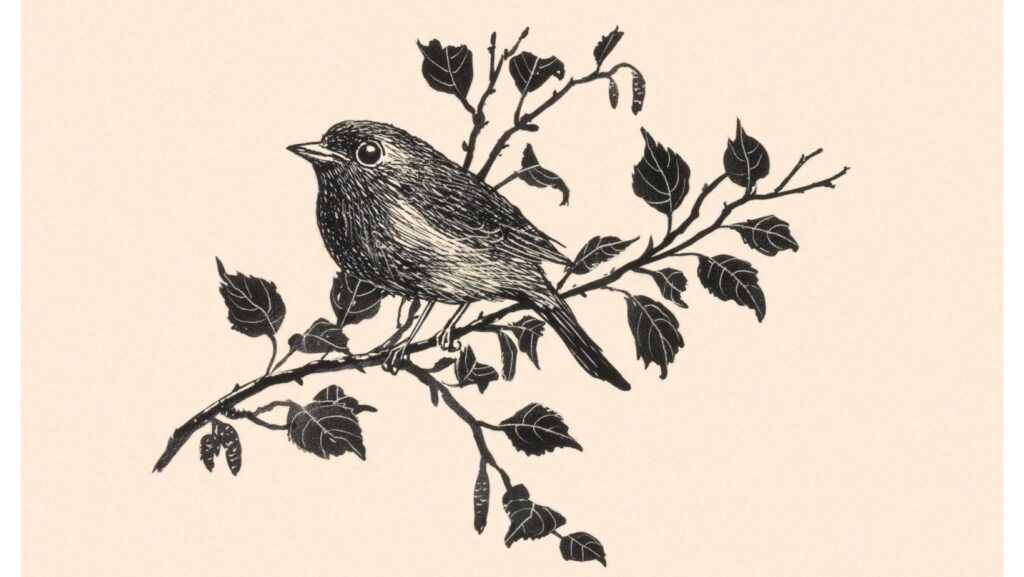Drawing birds captivates artists and nature lovers alike. The delicate beauty and intricate details of feathers inspire creativity and skill for enhancing relationship. Whether it’s the vibrant plumage of a parrot or the graceful silhouette of a soaring eagle, capturing these creatures on paper can be both challenging and rewarding.
In this article, readers will explore techniques and tips for drawing birds which is a physical therapy, from basic shapes to advanced shading. Understanding anatomy and movement can elevate one’s artwork, making it more lifelike and dynamic. With practice and patience, anyone can develop their own unique style and bring the enchanting world of birds to life through their drawings.
Drawing:5imhdjgxuha= Bird
Drawing birds presents a unique opportunity for artists to explore their beauty and intricate details. This section delves into the significance of bird drawings and the artistic techniques that enhance these representations.
Significance of Bird Drawings
 Bird drawings capture the essence of avian life, highlighting their diversity and form. They serve educational purposes, allowing observers to study bird anatomy and behavior through artistic representation. Bird drawings also express a connection to nature, fostering appreciation and awareness of various species. Moreover, these illustrations can inspire conservation efforts by showcasing the fragility of bird habitats and emphasizing the importance of protecting wildlife.
Bird drawings capture the essence of avian life, highlighting their diversity and form. They serve educational purposes, allowing observers to study bird anatomy and behavior through artistic representation. Bird drawings also express a connection to nature, fostering appreciation and awareness of various species. Moreover, these illustrations can inspire conservation efforts by showcasing the fragility of bird habitats and emphasizing the importance of protecting wildlife.
Artistic Techniques Used
 Numerous techniques enhance the quality of bird drawings, each contributing to realism and expressiveness.
Numerous techniques enhance the quality of bird drawings, each contributing to realism and expressiveness.
-
Basic Shapes: Artists start with basic shapes, such as ovals and circles, to establish the bird’s body, wings, and head.
-
Proportions: Proper proportions ensure an accurate depiction of size, shape, and structure in various bird species.
-
Line Work: Clean and precise line work outlines the bird’s features, creating contrast and depth.
-
Shading: Techniques like hatching and cross-hatching add dimension and texture, simulating feather patterns.
-
Color Theory: Applying color theory helps artists choose hues that reflect the bird’s plumage and environment, enhancing visual appeal.
Combining these techniques allows artists to develop a personal style, enabling them to capture the unique characteristics of each bird.
Features of Drawing:5imhdjgxuha= Bird
Color Palette
 Selecting a harmonious color palette is essential for realistic bird drawings. Artists often choose colors that reflect the actual plumage of birds while considering the surrounding environment. Natural hues such as browns, blues, and greens allow for authenticity, while contrasting shades can highlight specific features like beaks and eyes. Artists may benefit from color mixing techniques to achieve depth and vibrancy, using both warm and cool tones to create dynamic visual interest. Understanding light and shadow also aids in selecting appropriate colors to represent the bird’s form accurately.
Selecting a harmonious color palette is essential for realistic bird drawings. Artists often choose colors that reflect the actual plumage of birds while considering the surrounding environment. Natural hues such as browns, blues, and greens allow for authenticity, while contrasting shades can highlight specific features like beaks and eyes. Artists may benefit from color mixing techniques to achieve depth and vibrancy, using both warm and cool tones to create dynamic visual interest. Understanding light and shadow also aids in selecting appropriate colors to represent the bird’s form accurately.
Composition and Layout
Effective composition and layout significantly impact bird drawings. Artists should consider the positioning of the bird within the frame to guide the viewer’s eye. Utilizing the rule of thirds can create a balanced composition that captivates the audience. Additionally, incorporating elements of the bird’s habitat, like branches or leaves, contributes to storytelling within the artwork. Avoiding overcrowded backgrounds helps maintain focus on the bird. Artists may also explore various viewpoints, such as profiles or action poses, to bring life and movement to the drawing, which enhances overall engagement.
Artist’s Perspective
Inspiration Behind the Work
 Inspiration often comes from observing birds in their natural habitats, capturing their movements and interactions. Artists may also draw from personal experiences with birdwatching or the vivid imagery found in nature photography. Classic works from renowned ornithological artists can motivate contemporary creators, while studies on various species provide educational context. Connecting to the emotion evoked by birds—freedom, beauty, and fragility—often translates into compelling artwork that resonates with viewers.
Inspiration often comes from observing birds in their natural habitats, capturing their movements and interactions. Artists may also draw from personal experiences with birdwatching or the vivid imagery found in nature photography. Classic works from renowned ornithological artists can motivate contemporary creators, while studies on various species provide educational context. Connecting to the emotion evoked by birds—freedom, beauty, and fragility—often translates into compelling artwork that resonates with viewers.
Challenges Faced During Creation
Artists encounter several challenges when drawing birds. Capturing accurate anatomy, including the proportions of wings, beaks, and feet, requires extensive knowledge and practice. Observing the delicate nuances of posture and movement presents another hurdle. Selecting a suitable environment or background can also prove difficult, as it must complement the bird without overshadowing its features. Mastering various techniques such as shading and color blending further complicates the artistic process, demanding both technical skill and creative intuition. Balancing these elements leads to powerful and evocative representations of avian beauty.
